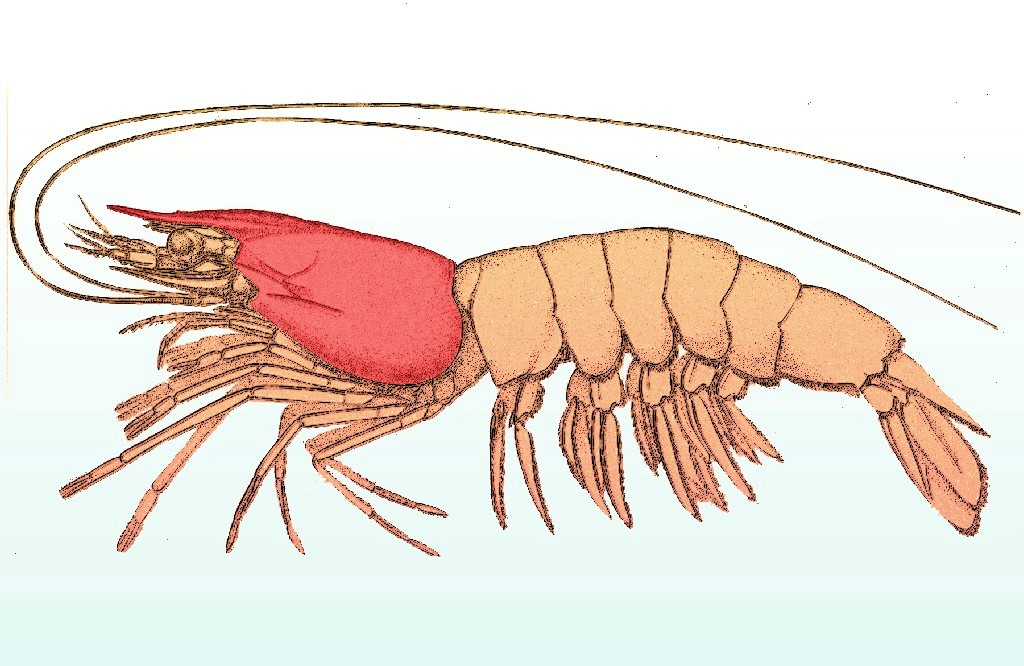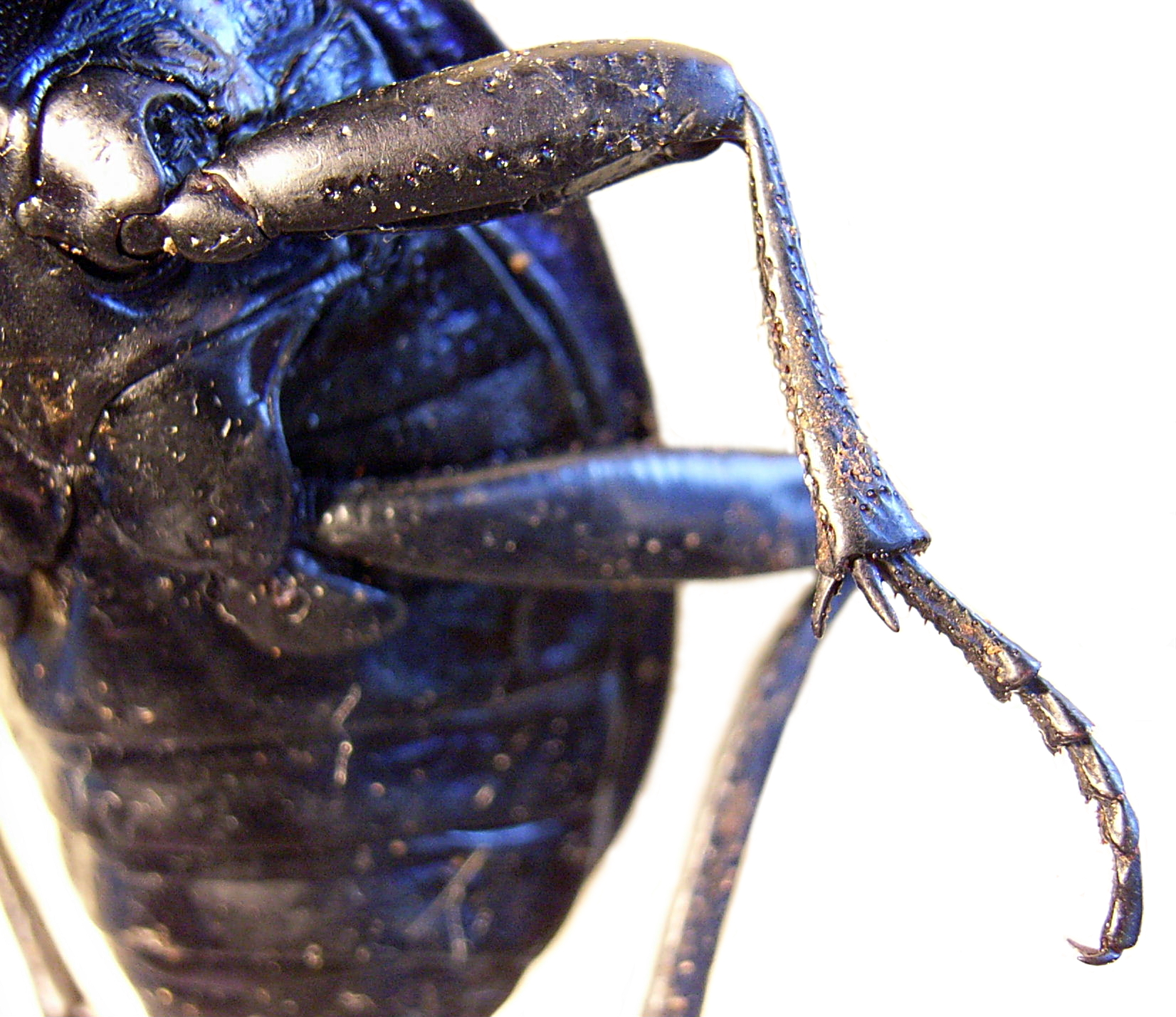|
Elaver Chisosa
''Elaver chisosa'' is a species of spider in the spider family Clubionidae.Encyclopedia of Life: ''Species recognized by Integrated Taxonomic Information System (ITIS)'', http://eol.org/pages/1203526/overview, accessed 11 Jan 2018.Regiane Saturnino and Alexandre Bragio Bonaldo. 2015. Taxonomic review of the New World spider genus ''Elaver'' O. Pickard-Cambridge, 1898 (Araneae, Clubionidae). ''Zootaxa'', Vol. 4045, No. 1, 23 Nov. 2015, https://www.biotaxa.org/Zootaxa/article/view/zootaxa.4045.1.1; DOI: https://dx.doi.org/10.11646/zootaxa.4045.1.1. It was first named ''Clubionoides chisosa'' when circumscribed in 1966.Roddy, L.R. 1966. New species, records, of clubionid spiders. ''Transactions of the American Microscopical Society'' 85(3):399-407. DOI: 10.2307/3224319. JSTOR Stable URL: https://www.jstor.org/stable/3224319. The species closely resembles ''Elaver dorotheae''. It is about 1/5th of an inch (5.26 mm) in length overall. Its carapace and appendages are pale yellowi ... [...More Info...] [...Related Items...] OR: [Wikipedia] [Google] [Baidu] |
Species
In biology, a species is the basic unit of Taxonomy (biology), classification and a taxonomic rank of an organism, as well as a unit of biodiversity. A species is often defined as the largest group of organisms in which any two individuals of the appropriate sexes or mating types can reproduction, produce Fertility, fertile offspring, typically by sexual reproduction. Other ways of defining species include their karyotype, DNA sequence, morphology (biology), morphology, behaviour or ecological niche. In addition, paleontologists use the concept of the chronospecies since fossil reproduction cannot be examined. The most recent rigorous estimate for the total number of species of eukaryotes is between 8 and 8.7 million. However, only about 14% of these had been described by 2011. All species (except viruses) are given a binomial nomenclature, two-part name, a "binomial". The first part of a binomial is the genus to which the species belongs. The second part is called the specifi ... [...More Info...] [...Related Items...] OR: [Wikipedia] [Google] [Baidu] |
Spider
Spiders (order Araneae) are air-breathing arthropods that have eight legs, chelicerae with fangs generally able to inject venom, and spinnerets that extrude silk. They are the largest order of arachnids and rank seventh in total species diversity among all orders of organisms. Spiders are found worldwide on every continent except for Antarctica, and have become established in nearly every land habitat. , 50,356 spider species in 132 families have been recorded by taxonomists. However, there has been debate among scientists about how families should be classified, with over 20 different classifications proposed since 1900. Anatomically, spiders (as with all arachnids) differ from other arthropods in that the usual body segments are fused into two tagmata, the cephalothorax or prosoma, and the opisthosoma, or abdomen, and joined by a small, cylindrical pedicel, however, as there is currently neither paleontological nor embryological evidence that spiders ever had a sep ... [...More Info...] [...Related Items...] OR: [Wikipedia] [Google] [Baidu] |
Family (biology)
Family ( la, familia, plural ') is one of the eight major hierarchical taxonomic ranks in Linnaean taxonomy. It is classified between order and genus. A family may be divided into subfamilies, which are intermediate ranks between the ranks of family and genus. The official family names are Latin in origin; however, popular names are often used: for example, walnut trees and hickory trees belong to the family Juglandaceae, but that family is commonly referred to as the "walnut family". What belongs to a family—or if a described family should be recognized at all—are proposed and determined by practicing taxonomists. There are no hard rules for describing or recognizing a family, but in plants, they can be characterized on the basis of both vegetative and reproductive features of plant species. Taxonomists often take different positions about descriptions, and there may be no broad consensus across the scientific community for some time. The publishing of new data and opi ... [...More Info...] [...Related Items...] OR: [Wikipedia] [Google] [Baidu] |
Clubionidae
The sac spiders of the family Clubionidae have a very confusing taxonomic history. Once, this family was a large catch-all taxon for a disparate collection of spiders, similar only in that they had eight eyes arranged in two rows and conical anterior spinnerets that touched, and were wandering predators that built silken retreats, or sacs, usually on plant terminals, between leaves, under bark, or under rocks. These are now recognized to include several families, some of which are more closely related to the three-clawed spiders, like lynx and wolf spiders, than to Clubionidae and related families.Tree of Life Web Project. 2006. Clubionidae. Version 25 March 2006 (temporary). http://tolweb.org/Clubionidae/2675/2006.03.25 in The Tree of Life Web Project, http://tolweb.org/ General The remnant Clubionidae now consist of a few over 500 species in 15 genera worldwide. However, "sac spider" used on its own should imply a member of the family Clubionidae, but other common names may us ... [...More Info...] [...Related Items...] OR: [Wikipedia] [Google] [Baidu] |
Zootaxa
''Zootaxa'' is a peer-reviewed scientific mega journal for animal taxonomists. It is published by Magnolia Press ''Magnolia'' is a large genus of about 210 to 340The number of species in the genus ''Magnolia'' depends on the taxonomic view that one takes up. Recent molecular and morphological research shows that former genera ''Talauma'', ''Dugandiodendr ... (Auckland, New Zealand). The journal was established by Zhi-Qiang Zhang in 2001 and new issues are published multiple times a week. From 2001 to 2020, more than 60,000 new species have been described in the journal accounting for around 25% of all new Taxon, taxa indexed in The Zoological Record in the last few years. Print and online versions are available. Temporary suspension from JCR The journal exhibited high levels of self-citation and its journal impact factor of 2019 was suspended from ''Journal Citation Reports'' in 2020, a sanction which hit 34 journals in total. Biologist Ross Mounce noted that high levels of ... [...More Info...] [...Related Items...] OR: [Wikipedia] [Google] [Baidu] |
Circumscription (taxonomy)
In biological taxonomy, circumscription is the content of a taxon, that is, the delimitation of which subordinate taxa are parts of that taxon. If we determine that species X, Y, and Z belong in Genus A, and species T, U, V, and W belong in Genus B, those are our circumscriptions of those two genera. Another systematist might determine that T, U, V, W, X, Y, and Z all belong in genus A. Agreement on circumscriptions is not governed by the Codes of Zoological or Botanical Nomenclature, and must be reached by scientific consensus. A goal of biological taxonomy is to achieve a stable circumscription for every taxon. This goal conflicts, at times, with the goal of achieving a natural classification that reflects the evolutionary history of divergence of groups of organisms. Balancing these two goals is a work in progress, and the circumscriptions of many taxa that had been regarded as stable for decades are in upheaval in the light of rapid developments in molecular phylogene ... [...More Info...] [...Related Items...] OR: [Wikipedia] [Google] [Baidu] |
Elaver Dorotheae
''Elaver'' is a genus of sac spiders first described by Octavius Pickard-Cambridge in 1898. Species it contains fifty-three species: *'' Elaver achuca'' (Roddy, 1966) — USA *'' Elaver albicans'' (Franganillo, 1930) — Cuba, Jamaica *'' Elaver arawakan'' Saturnino & Bonaldo, 2015 — Haiti *'' Elaver balboae'' (Chickering, 1937) — Panama to Brazil, Cuba *'' Elaver barroana'' (Chickering, 1937) — Panama *'' Elaver beni'' Saturnino & Bonaldo, 2015 — Peru, Brazil, Bolivia *'' Elaver brevipes'' (Keyserling, 1891) — Brazil, Argentina *'' Elaver calcarata'' (Kraus, 1955) — Mexico, El Salvador, Costa Rica *'' Elaver candelaria'' Saturnino & Bonaldo, 2015 — Mexico *'' Elaver carlota'' (Bryant, 1940) — Cuba *'' Elaver chisosa'' (Roddy, 1966) — USA *'' Elaver crinophora'' (Franganillo, 1934) — Cuba *''Elaver crocota'' (O. Pickard-Cambridge, 1896) — Mexico *'' Elaver darwichi'' Saturnino & Bonaldo, 2015 — Panama, Ecuador *'' Elaver depuncta'' O. Pickard-Cambridge, ... [...More Info...] [...Related Items...] OR: [Wikipedia] [Google] [Baidu] |
Carapace
A carapace is a dorsal (upper) section of the exoskeleton or shell in a number of animal groups, including arthropods, such as crustaceans and arachnids, as well as vertebrates, such as turtles and tortoises. In turtles and tortoises, the underside is called the plastron. Crustaceans In crustaceans, the carapace functions as a protective cover over the cephalothorax (i.e., the fused head and thorax, as distinct from the abdomen behind). Where it projects forward beyond the eyes, this projection is called a rostrum. The carapace is calcified to varying degrees in different crustaceans. Zooplankton within the phylum Crustacea also have a carapace. These include Cladocera, ostracods, and isopods, but isopods only have a developed "cephalic shield" carapace covering the head. Arachnids In arachnids, the carapace is formed by the fusion of prosomal tergites into a single plate which carries the eyes, ocularium, ozopores (a pair of openings of the scent gland of Opilione ... [...More Info...] [...Related Items...] OR: [Wikipedia] [Google] [Baidu] |
Appendage
An appendage (or outgrowth) is an external body part, or natural prolongation, that protrudes from an organism's body. In arthropods, an appendage refers to any of the homologous body parts that may extend from a body segment, including antennae, mouthparts (including mandibles, maxillae and maxillipeds), gills, locomotor legs (pereiopods for walking, and pleopods for swimming), sexual organs ( gonopods), and parts of the tail ( uropods). Typically, each body segment carries one pair of appendages. An appendage which is modified to assist in feeding is known as a maxilliped or gnathopod. In vertebrates, an appendage can refer to a locomotor part such as a tail, fins on a fish, limbs ( legs, flippers or wings) on a tetrapod; exposed sex organ; defensive parts such as horns and antlers; or sensory organs such as auricles, proboscis (trunk and snout) and barbels. Appendages may become ''uniramous'', as in insects and centipedes, where each appendage co ... [...More Info...] [...Related Items...] OR: [Wikipedia] [Google] [Baidu] |
Abdomen
The abdomen (colloquially called the belly, tummy, midriff, tucky or stomach) is the part of the body between the thorax (chest) and pelvis, in humans and in other vertebrates. The abdomen is the front part of the abdominal segment of the torso. The area occupied by the abdomen is called the abdominal cavity. In arthropods it is the posterior tagma of the body; it follows the thorax or cephalothorax. In humans, the abdomen stretches from the thorax at the thoracic diaphragm to the pelvis at the pelvic brim. The pelvic brim stretches from the lumbosacral joint (the intervertebral disc between L5 and S1) to the pubic symphysis and is the edge of the pelvic inlet. The space above this inlet and under the thoracic diaphragm is termed the abdominal cavity. The boundary of the abdominal cavity is the abdominal wall in the front and the peritoneal surface at the rear. In vertebrates, the abdomen is a large body cavity enclosed by the abdominal muscles, at front and to ... [...More Info...] [...Related Items...] OR: [Wikipedia] [Google] [Baidu] |
Holotype
A holotype is a single physical example (or illustration) of an organism, known to have been used when the species (or lower-ranked taxon) was formally described. It is either the single such physical example (or illustration) or one of several examples, but explicitly designated as the holotype. Under the International Code of Zoological Nomenclature (ICZN), a holotype is one of several kinds of name-bearing types. In the International Code of Nomenclature for algae, fungi, and plants (ICN) and ICZN, the definitions of types are similar in intent but not identical in terminology or underlying concept. For example, the holotype for the butterfly '' Plebejus idas longinus'' is a preserved specimen of that subspecies, held by the Museum of Comparative Zoology at Harvard University. In botany, an isotype is a duplicate of the holotype, where holotype and isotypes are often pieces from the same individual plant or samples from the same gathering. A holotype is not necessaril ... [...More Info...] [...Related Items...] OR: [Wikipedia] [Google] [Baidu] |
Chisos Mountains
The Chisos Mountains, also known as the Chisos, are a mountain range located in the Big Bend area of the Trans-Pecos region of Texas, United States. The mountain system covers 40 square miles (104 square km) and is contained entirely within the boundaries of Big Bend National Park, making it the only mountain range in the United States fully contained within a national park. The Chisos Mountains are the southernmost mountain range in the mainland United States. The Chisos Mountains were created by volcanic activity during the Eocene Epoch 35-44 million years ago. The highest point in the Chisos Mountain range is Emory Peak at above sea level. Location The Chisos Mountains are located in Big Bend National Park. The range of mountains extends twenty miles from Punta de la Sierra in the southwest to Panther Junction in the northeast. An extensive trail system and permit-required backcountry campsites are maintained by Big Bend National Park for its visitors. The Northeast Rim ... [...More Info...] [...Related Items...] OR: [Wikipedia] [Google] [Baidu] |




